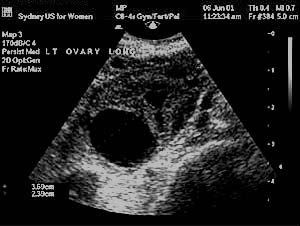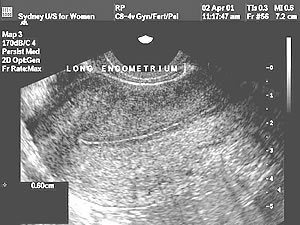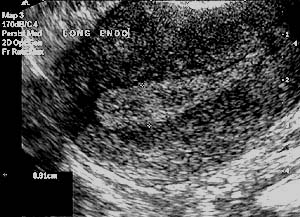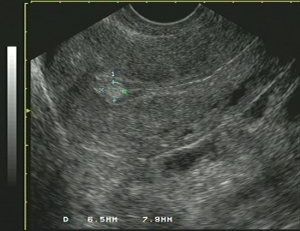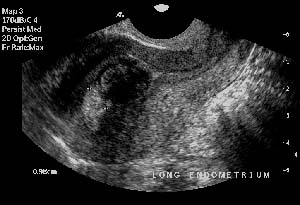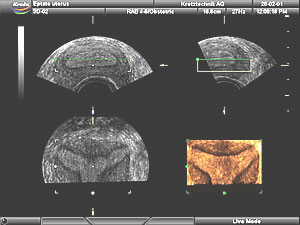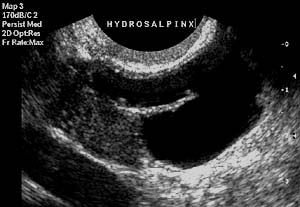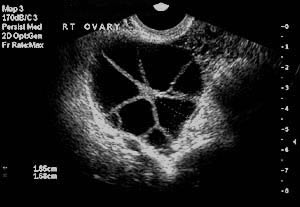| About 10-15% of couples have difficulty falling pregnant. The problem can be male, female or both. Your local doctor or a fertility specialist will be able to arrange the necessary investigations to find a cause for the infertility. This involves an ultrasound of the pelvis. The development of the follicles in the ovary can be seen and give information about egg production. The lining of the uterus will respond to the hormones and will have a specific appearance at different stages of the menstrual cycle. Early in the menstrual cycle, the endometrium gets thicker (proliferative phase) and after ovulation changes, giving a different appearance in the secretory phase. Sometimes problems which can affect fertility are found and can be treated. The internal structure of the uterus (endometrial cavity) can be better assessed by sonohysterography and the fallopian tubes can be better assessed by hy-co-sy . |
|
||||||
Uterine AbnormalitiesSometimes problems which can affect fertility are found and can be treated. Examples of this include endometrial polyps (a growth of the lining of the uterus), uterine fibroids (a growth of the muscular tissue of the uterus), blockage of the fallopian tubes and polycystic changes in the ovary. Congenital uterine abnormalities such as a bicornuate uterus (shown here) can interfere with the implantation of embryos and so reduce the chance of pregnancy.
|
|
||||||
Blocked fallopian TubesDamage to the fallopian tubes is a relatively common cause of infertility. Infection is the most usual reason for this problem. This may be due to sexually transmitted diseases such as Gonorrhoea and Chlamydia. It is also caused by other non sexually related bacteria from the urinary or gastrointestinal systems. Following infection, the tubes can be bound down to other structures by adhesions or can become permanently blocked. Pain is commonly associated with these adhesions. Previous surgery or complications from ovarian cysts can also cause Fallopian Tube damage. Polycystic Ovary SyndromeIs a disorder of the hormones Insulin and Testosterone which leads to ovulation problems. In this condition there are multiple small incomplete ovulation cysts present in their ovary. The condition is commonly associated with being overweight. The condition is associated with a family history of Diabetes Mellitus and an increased risk of developing this disease. Diet control and management similar to diabetics, followed by fertility tablets (for example - Clomiphene) are the best forms of treatment for the ovulation disorder of this condition. |
|
||||||
IVFIf in vitro fertilization (IVF) is necessary, ultrasound is necessary to monitor growth of the follicles, to guide the needle for egg collection and putting the embryos into the uterus. |
|
||||||


